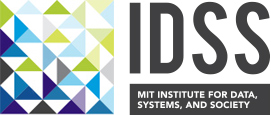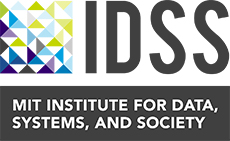Two Burning Questions: Did shutting down the economy help? Can we (partially) reopen the economy without risking the second wave?
As we reach the apex of the COVID-19 pandemic across the globe, the most pressing question facing us all is: can we, even partially, reopen the economy without risking the second wave? Towards that, we first need to understand if shutting down the economy helped. And if it did, is it possible to achieve similar gains in the war against the pandemic while partially opening up the economy? And if so, how does that translate into policy?
Using a method called Synthetic Interventions[*], with the help of Google Mobility data[**], we find that countries
Figure 1: Validating Synthetic Interventions: countries with low mobility restricting interventions.
that went through strict mobility restrictions early on, managed to flatten the curve really well. Countries with moderate mobility restrictions
Figure 2: Validating Synthetic Interventions: countries with low mobility restricting interventions.
achieved similar impact in terms of flatting the curve. However, countries where either policies were enacted poorly or put in place late, experienced the worst of the pandemic (this includes the United States).
Figure 3: Validating Synthetic Interventions: countries with low mobility restricting interventions.
Different countries have gone through different levels of mobility restrictions over the past few months. This provides us a natural experiment that we can use to extrapolate what will happen to each of the regions if they decide to change mobility restrictions through an appropriate policy design now. In the context of India, which is going through a severe lock-down, we provide such an evaluation:
Figure 4: Projections for India under different level of mobility restrictions going forward. As seen, a little more than 10% restrictions can potentially lead to a similar effect as the current strict lock-down.
in effect, by lifting the severe mobility restriction, but retaining moderate mobility restrictions (at retail and transit locations), seem to have a similar effect of flattening the curve. We hope that this will provide useful guidance for policy makers as they weigh trade-offs between the safety of the population, strain on the healthcare system, and impact on the economy.
For more information, contact: Anish Agarwal, Abdullah Aalomar, Arnab Sarker, Devavrat Shah, Dennis Shen, Cindy Yang
Sources
Synthetic Interventions Covid19 Case-Study Explained
Synthetic Interventions: A Detailed Memo
Synthetic Interventions Explained







